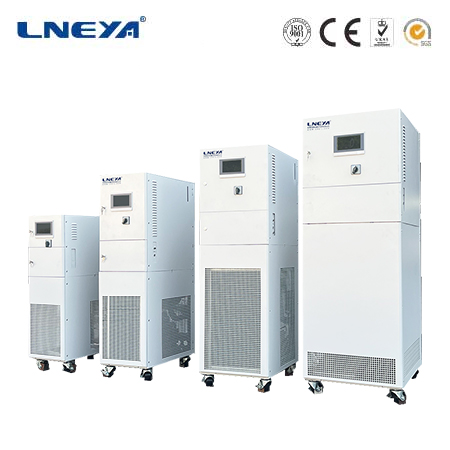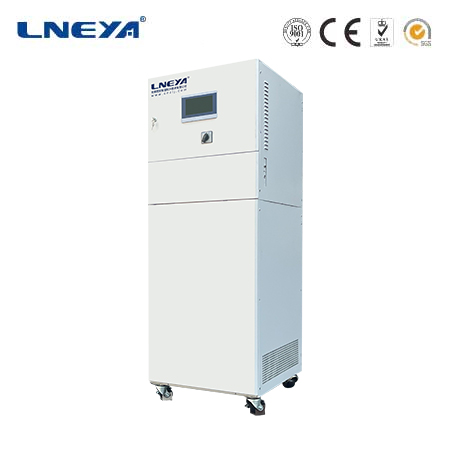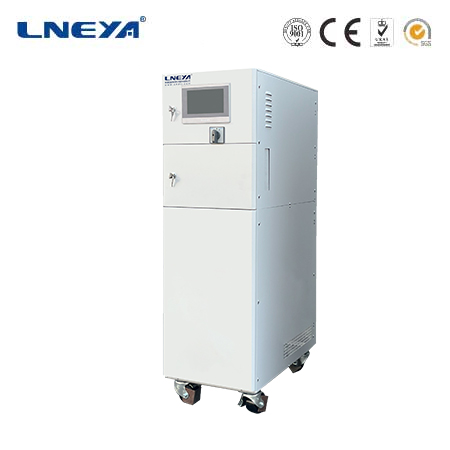water cooling temperature difference
Water Cooling Temperature Difference in Industrial Systems
Water cooling systems are crucial in various industrial applications for managing heat loads effectively. The temperature difference within these systems is a critical parameter that influences their performance and efficiency. This article provides insights into the factors that affect the temperature difference in water cooling systems and the importance of maintaining optimal temperature differentials.

Cooling Tower Efficiency and Temperature Difference
Cooling towers use evaporative cooling to reduce the temperature of circulated water. The efficiency of a cooling tower is rated in terms of approach and range, where approach is the temperature difference between the cooled water temperature and the entering air wet bulb temperature, and range is the temperature difference between the water inlet and water exit. The temperature difference between inlet and outlet water is typically in the range of 10 – 15°F. This temperature difference is essential for determining the cooling tower’s performance and its ability to provide the desired cooling effect.
Ambient Wet Bulb Temperature and Its Impact

The ambient wet bulb temperature plays a significant role in the performance of cooling towers and water cooling systems. Wet bulb temperature essentially measures how much water vapor the atmosphere can hold at current weather conditions. A lower wet bulb temperature means the air is drier and can hold more water vapor than it can at a higher wet bulb temperature. The maximum cooling tower efficiency is limited by the wet bulb temperature of the cooling air, which directly impacts the temperature difference that can be achieved within the cooling system.
Design of Heat Exchangers and Temperature Difference
The design of heat exchangers within water cooling systems also influences the temperature difference. A common rule-of-thumb range for the approach temperature in many heat exchangers is 8–20°F. A large increase in this temperature difference suggests flow or fouling issues. The terminal temperature difference (TTD) is valuable for monitoring the performance of heat exchangers, and data that trends downward suggest efficiency degradation.

Water Treatment and Temperature Control
Corrosion, scaling, and microbiological fouling can significantly impact the temperature difference and overall performance of water cooling systems. Proper water treatment is essential to protect the system from these issues, preserving equipment life and reliability, and maintaining the desired temperature difference for optimal performance.
Conclusion
The temperature difference in water cooling systems for industrial applications is influenced by various factors, including cooling tower efficiency, ambient wet bulb temperature, and the design of heat exchangers. Maintaining the optimal temperature difference is crucial for system efficiency and effectiveness. Understanding these factors and implementing proper water treatment and maintenance practices are essential for ensuring the reliability and longevity of water cooling systems in industrial settings.
Related recommendations
laboratory thermostatic bath
232Introduction to Laboratory Thermostatic BathsLaboratory thermostatic baths, also known as water baths, are essential tools used across various scientific and industrial applications to provide con...
View detailselectric heaters for liquid
89Electric Heaters for Liquid Electric heaters for liquid are essential equipment in many industries and applications where there is a need to increase the temperature of various liquids. They op...
View detailsprocess chillers manufacturers
194Process Chillers Manufacturers: Driving Efficiency and Innovation Process chillers are indispensable in maintaining optimal temperatures in numerous industrial processes. Manufacturers of these...
View detailschiller layout
183Optimizing Chiller Layout for Efficient HVAC Systems A well-planned chiller layout is essential for the efficiency and effectiveness of heating, ventilation, and air conditioning (HVAC) systems...
View details
 LNEYA Thermal Test Chillers
LNEYA Thermal Test Chillers







HelloPlease log in